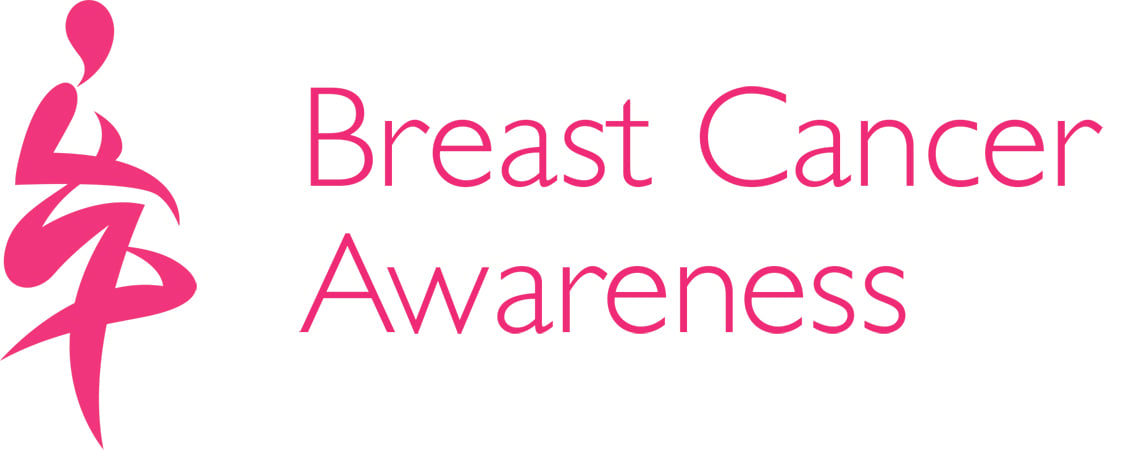If you’re breastfeeding a baby, you may be concerned about the health of your breasts. Some women wonder if they can develop breast cancer while lactating. Although rare, it is a possibility.
Read on to learn how to spot breast cancer while you’re breastfeeding and what treatments are available.
What causes lumps in lactating women?
Women who breastfeed may feel lumps in their breasts. Most of the time, these lumps aren’t cancerous. Breast lumps in lactating women may be due to:
Mastitis: This is an infection of the breast tissue caused by bacteria or a blocked milk duct. You may have symptoms such as:
- breast tenderness
- swelling
- pain
- fever
- skin redness
- skin warmth
Breast abscesses: If mastitis isn’t treated, a painful abscess containing pus can develop. This mass might appear as a swollen lump that’s red and hot.
Fibroadenomas: These are begin (noncancerous) tumors that can develop in the breast. Fibroadenomas may feel like marbles when you touch them. They usually move under the skin and aren’t tender.
Galactoceles: These harmless milk-filled cysts are typically painless.
In general, noncancerous lumps feel smooth and round and move within the breast. Cancerous lumps are usually hard and irregular in shape and they don’t move.
Early symptoms of breast cancer
Lumps aren’t the only sign of breast cancer. Other early symptoms may include:
- nipple discharge
- breast pain that doesn’t go away
- change in size, shape, or look of the breast
- redness or darkening of the breast
- itchy or sore rash on the nipple
- swelling or warmth of the breast
Breast cancer in lactating women is rare. Only about 3 percent of women develop breast cancer while breastfeeding.
Breast cancer in younger women isn’t very common either. Less than 5 percent of all breast cancer diagnoses in the United States are in women younger than 40.
When to see a doctor
You should see a doctor if the lump in your breast:
- doesn’t go away after about a week
- comes back in the same place after treatment for a blocked duct
- keeps growing
- doesn’t move
- is firm or hard
- causes dimpling of the skin, also known as peau d’orange
Lactation can cause changes in your breasts, which may make noticing symptoms of cancer tricky. It’s a good idea to see your doctor if you notice any unusual changes in your breasts
How breast cancer is diagnosed
If your physician suspects breast cancer, they’ll perform certain tests to make a diagnosis.
A mammogram or ultrasound can provide images of the lump and help your doctor determine if the mass looks suspicious. You might also need a biopsy, which involves removing a small sample from the lump to test for cancer.
If you’re lactating, a radiologist might have a harder time reading your mammogram. Your doctor may recommend you stop breastfeeding before having diagnostic tests, but this advice is somewhat controversial. Most women can have screening procedures such as mammograms, needle biopsies, and even certain types of surgery while breastfeeding a baby.
Visit Amri Hospital, Best Cancer hospital in Kolkata about the benefits and risks of breastfeeding while receiving diagnostic tests.

No comments:
Post a Comment